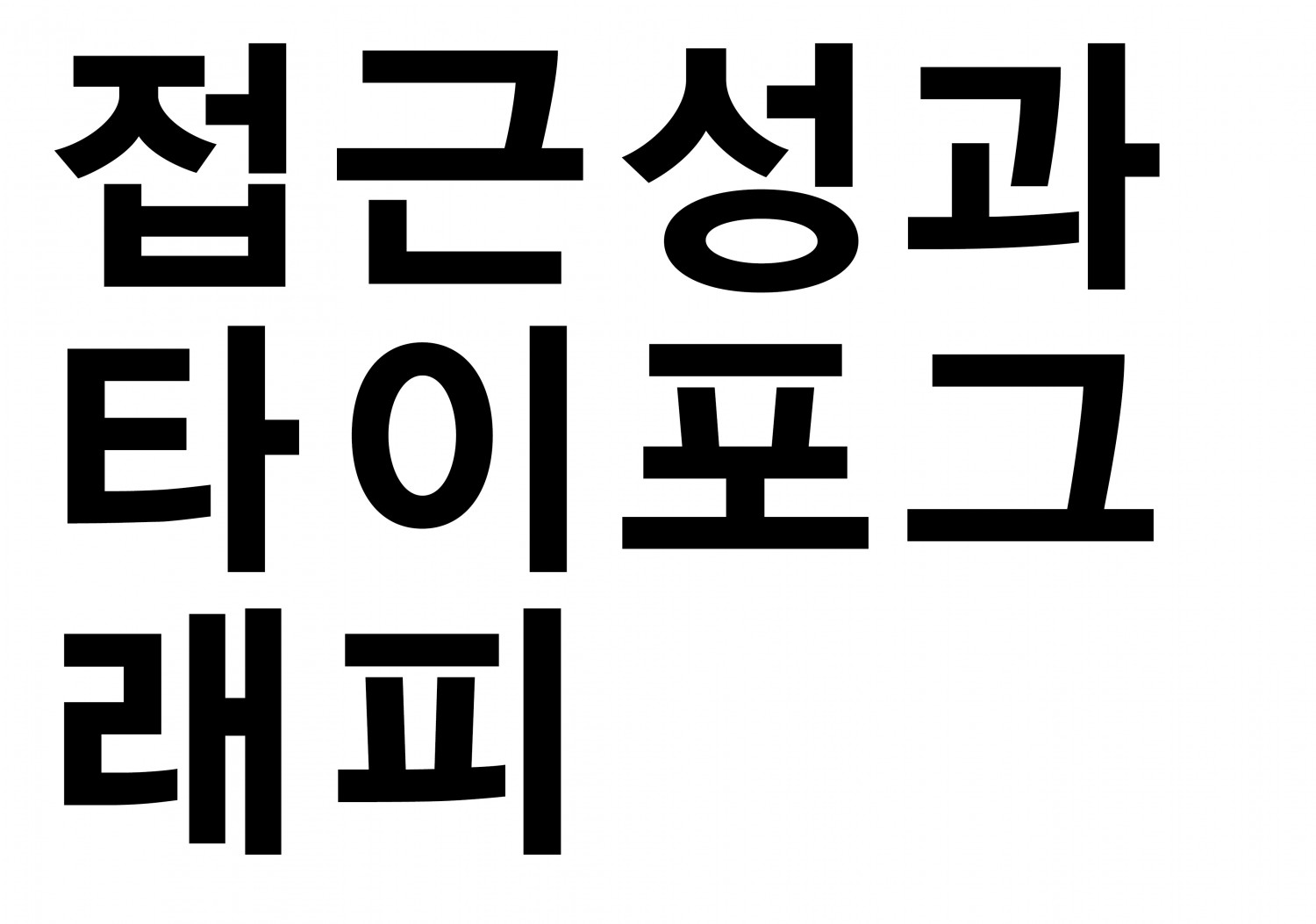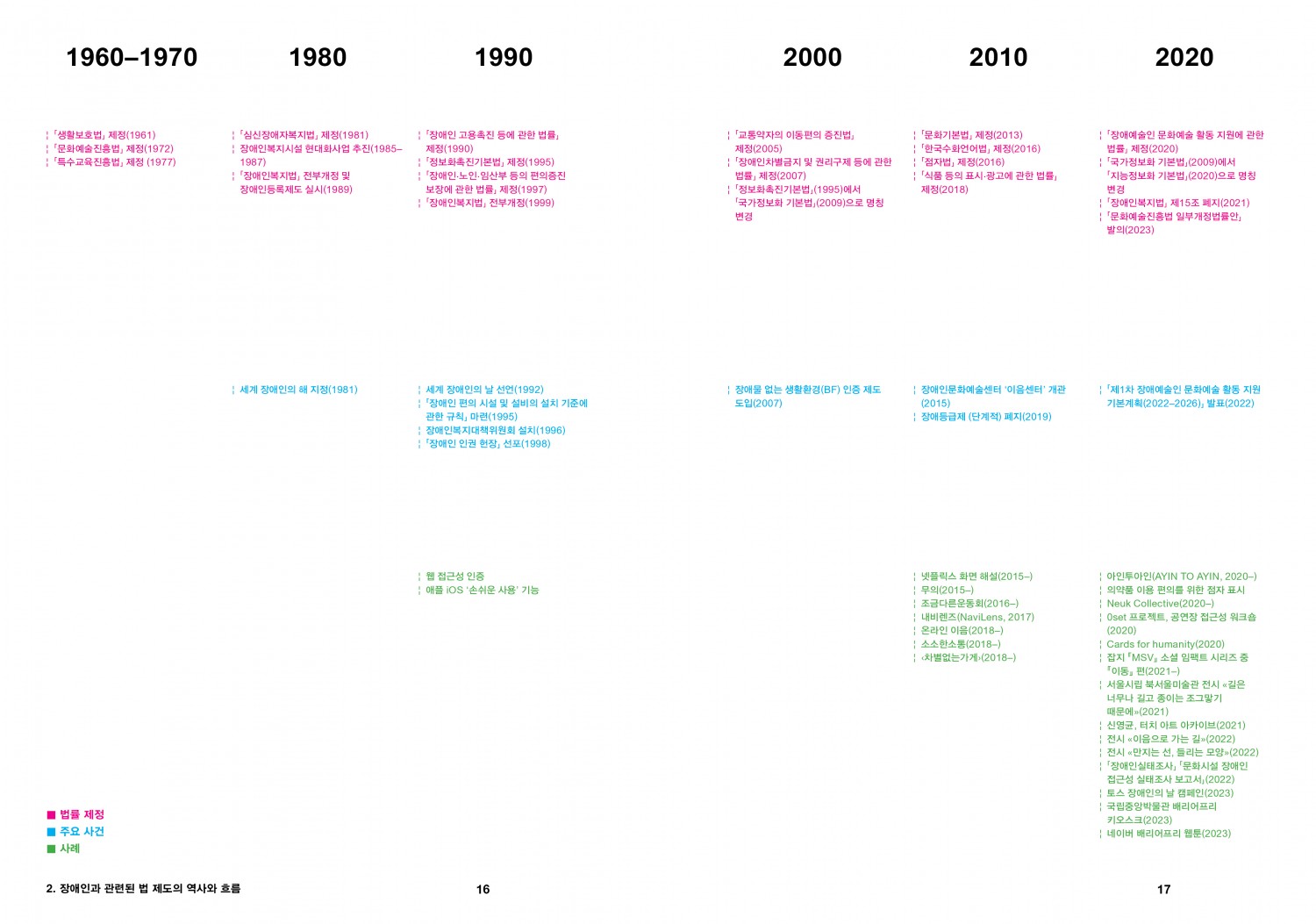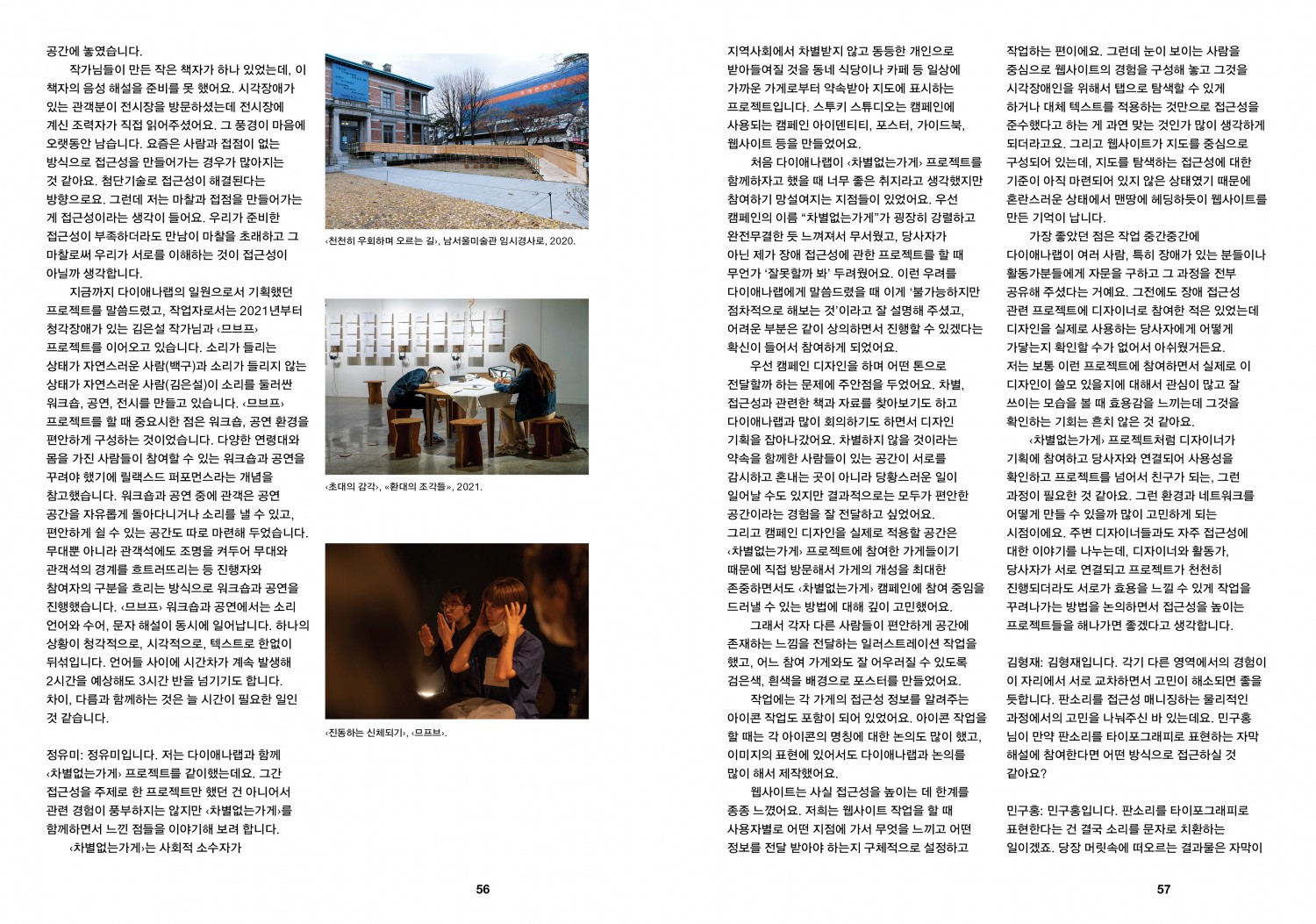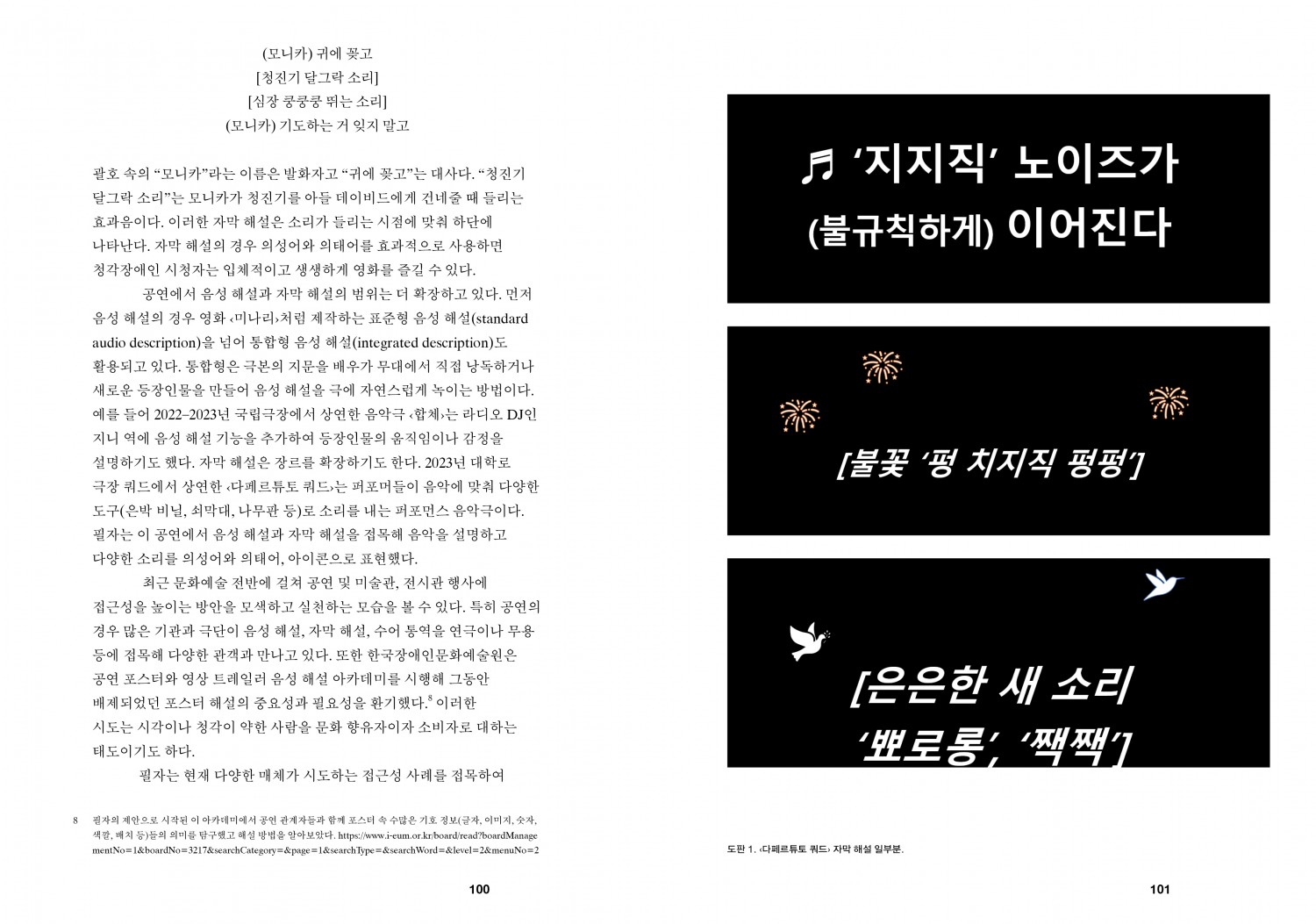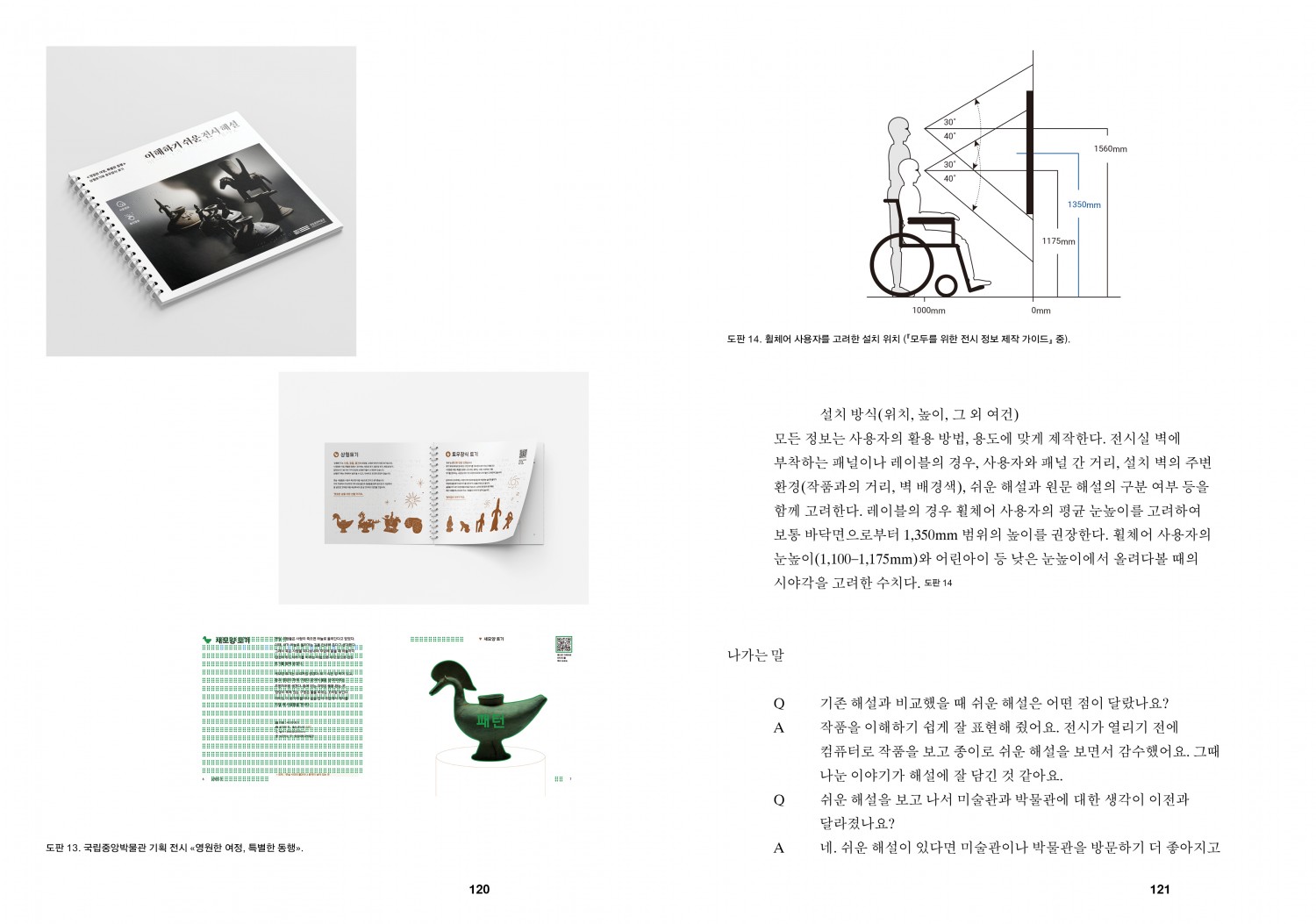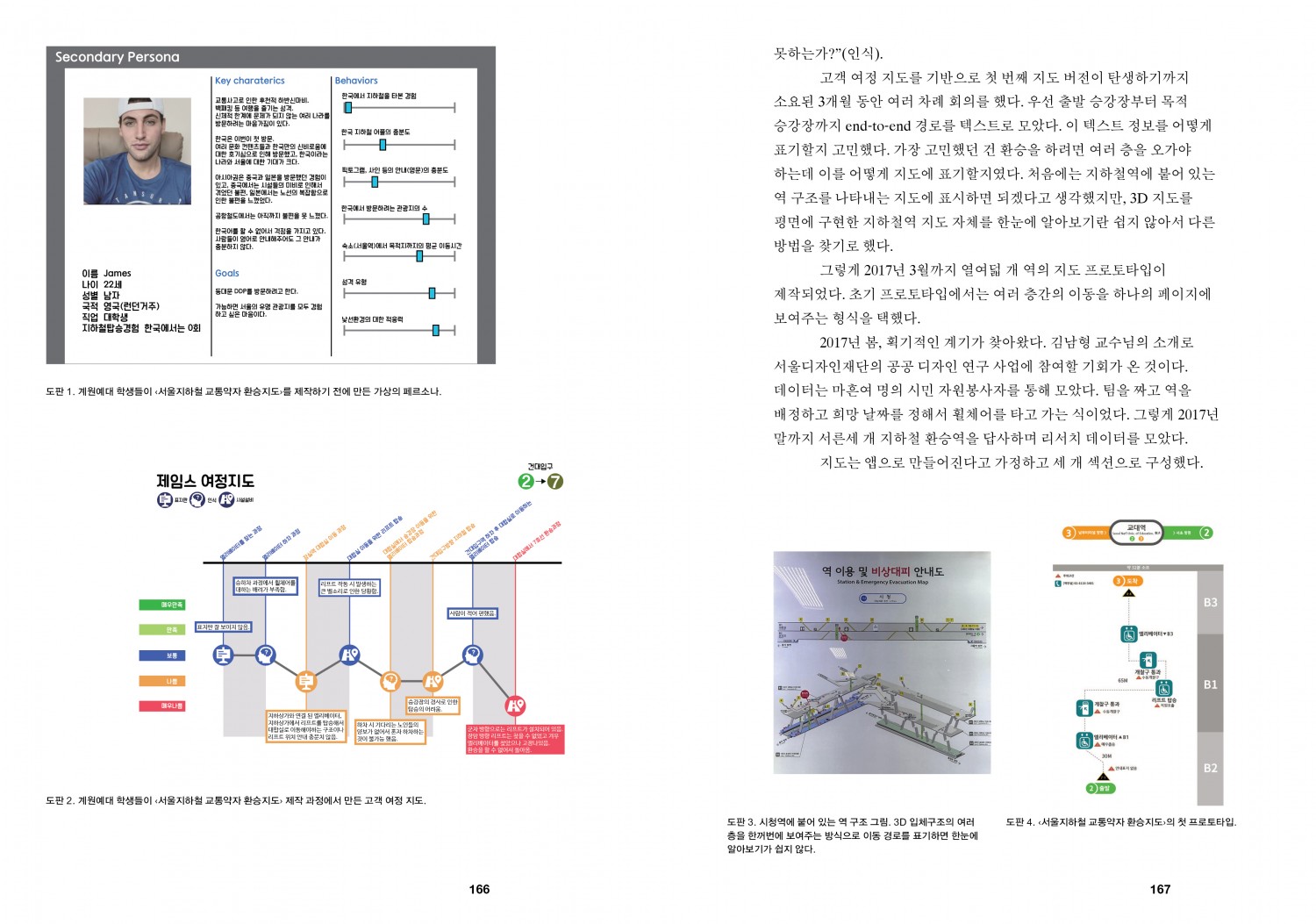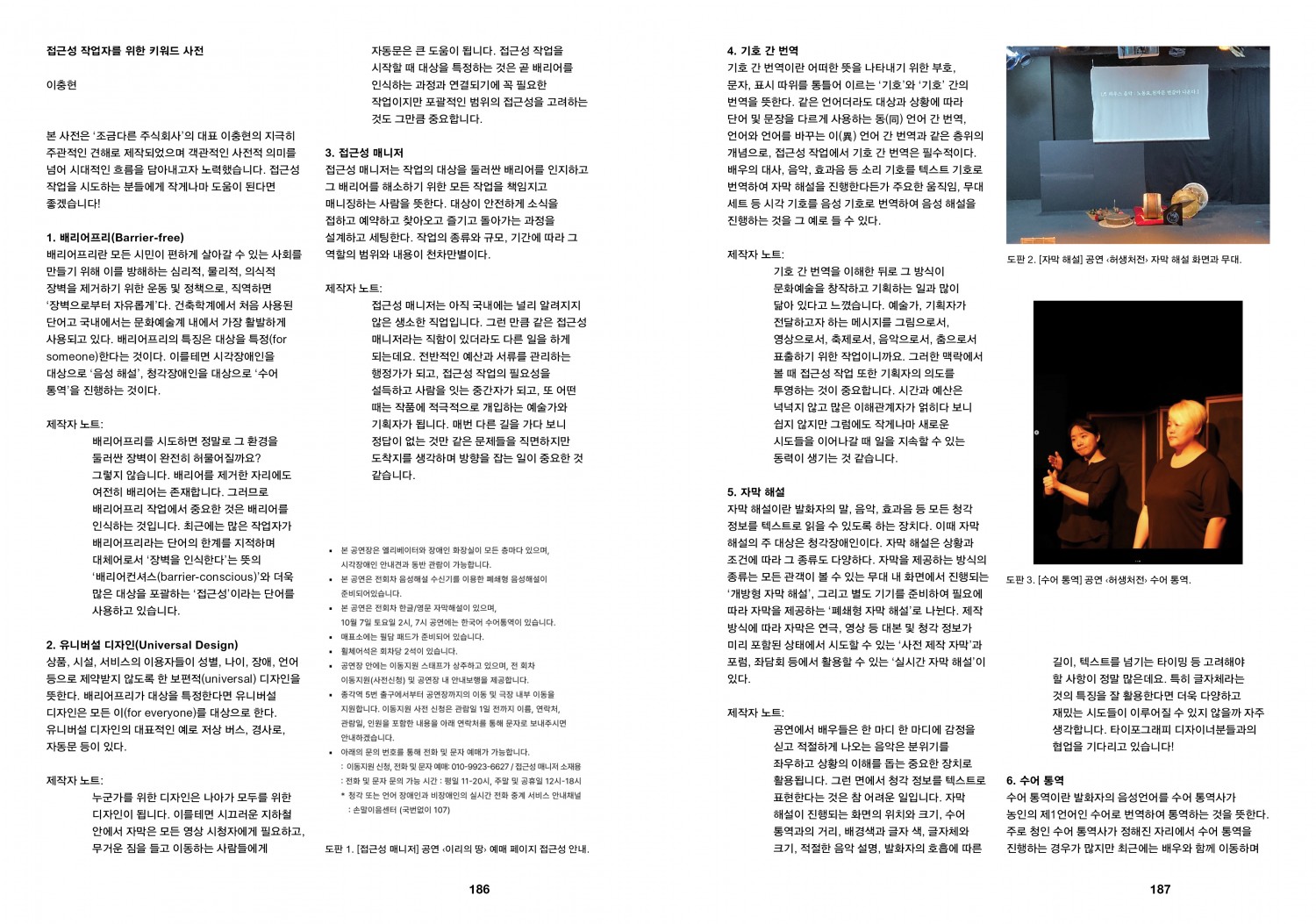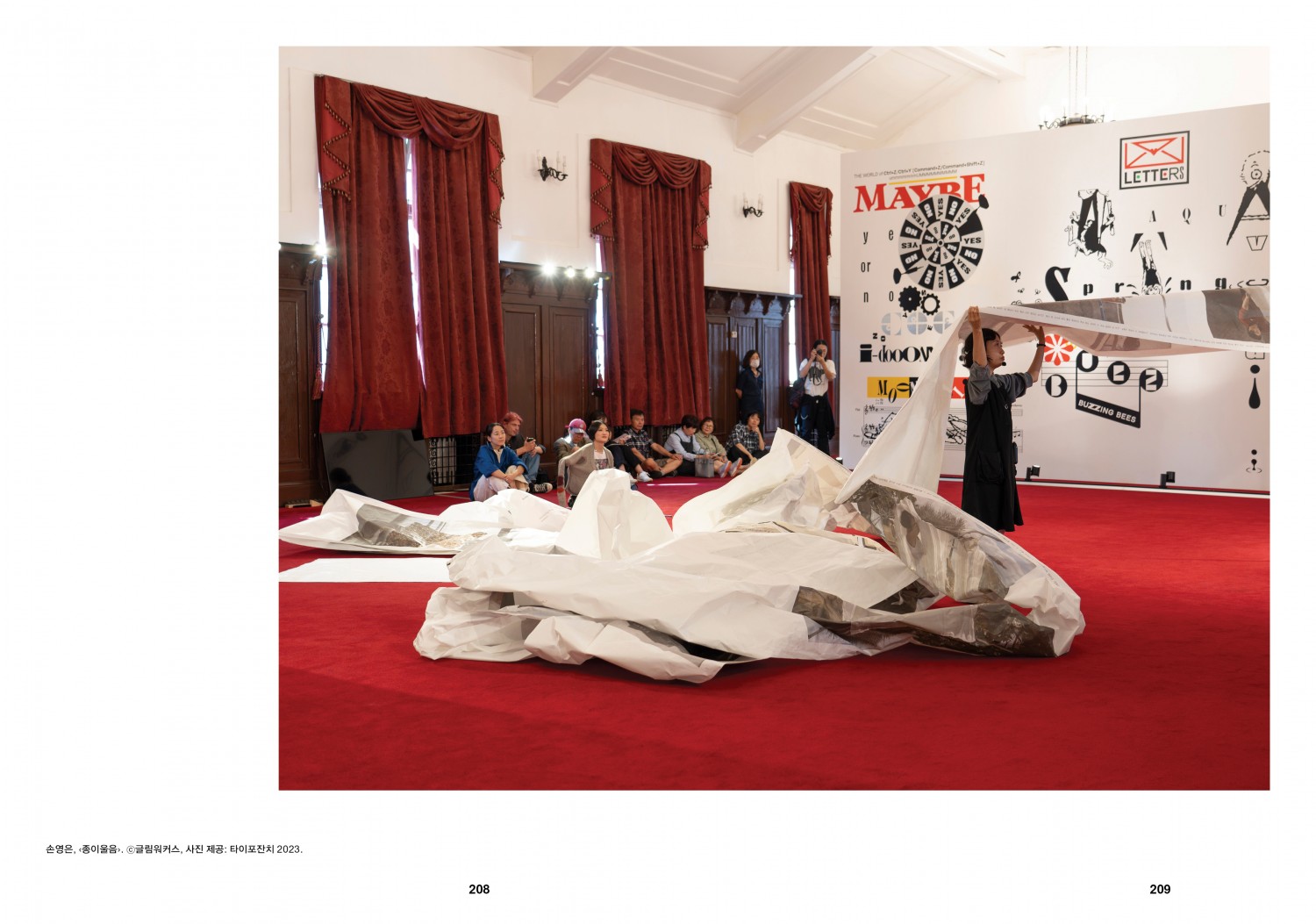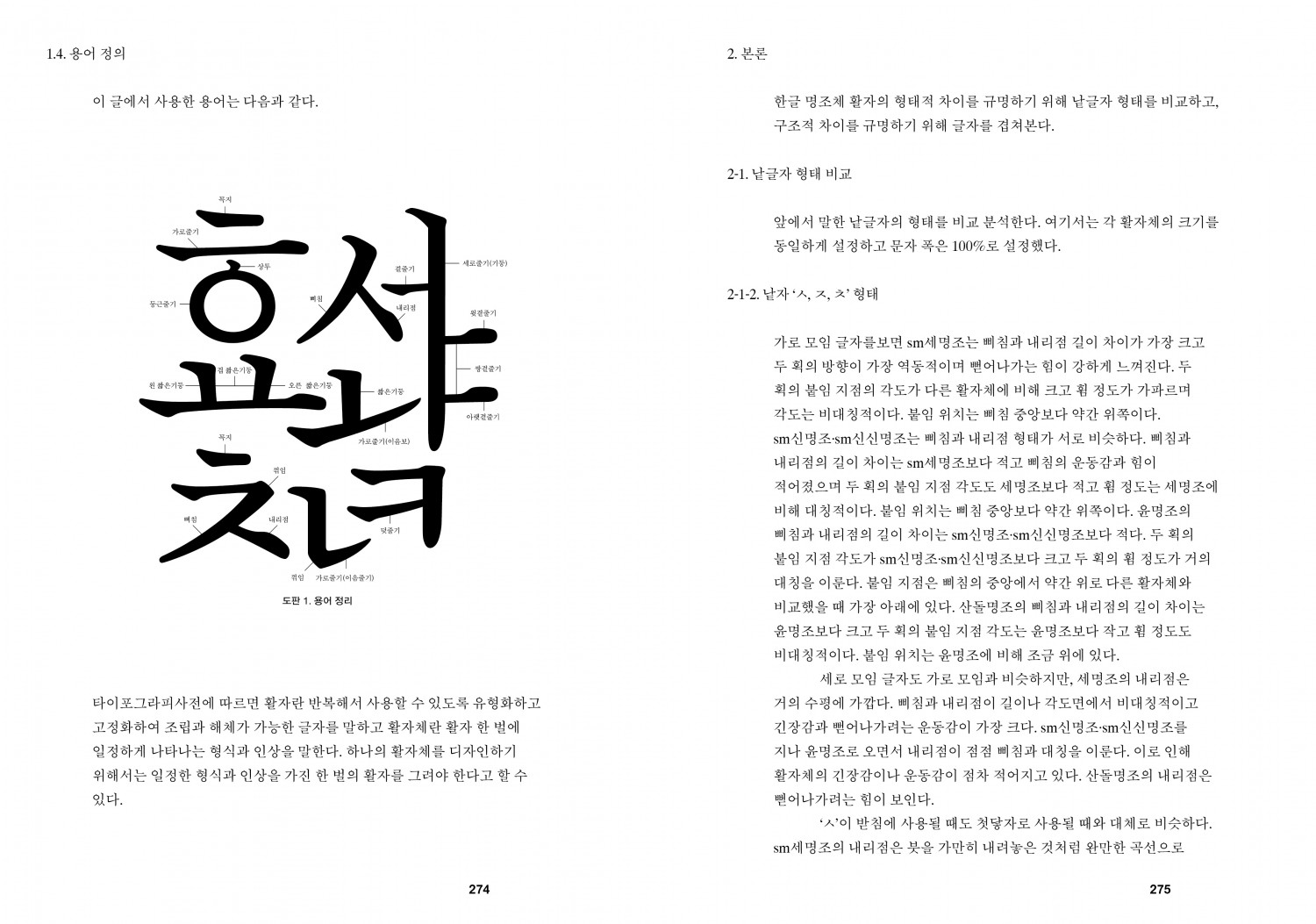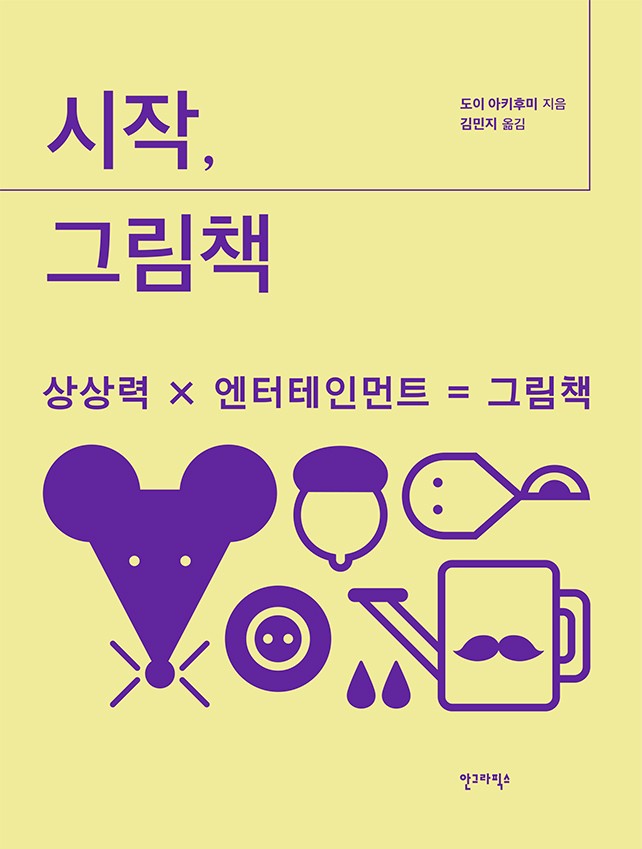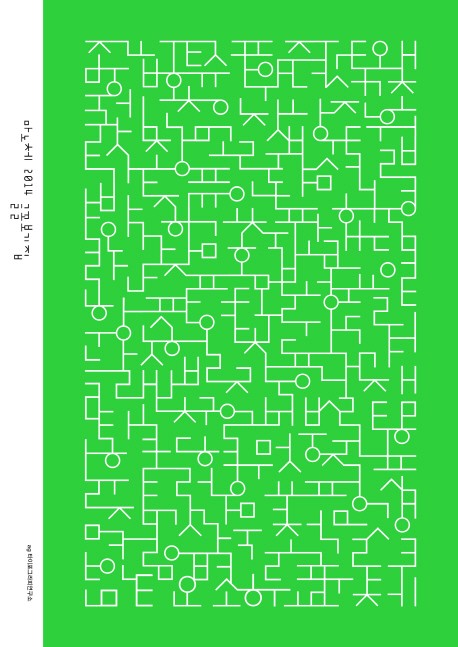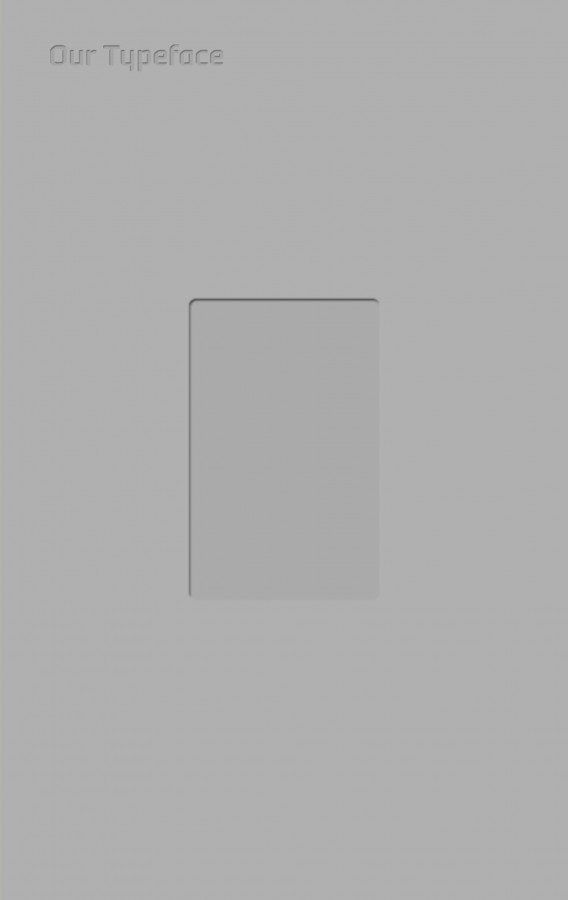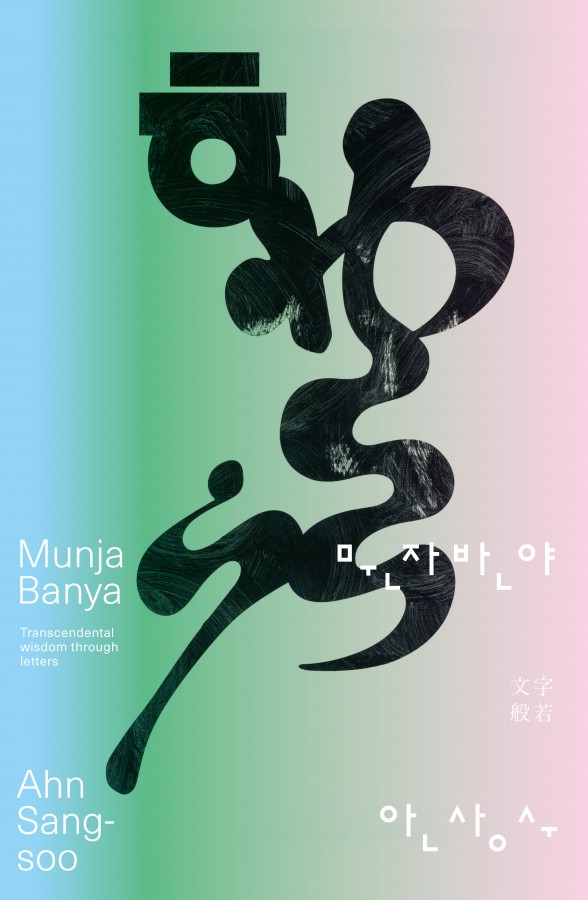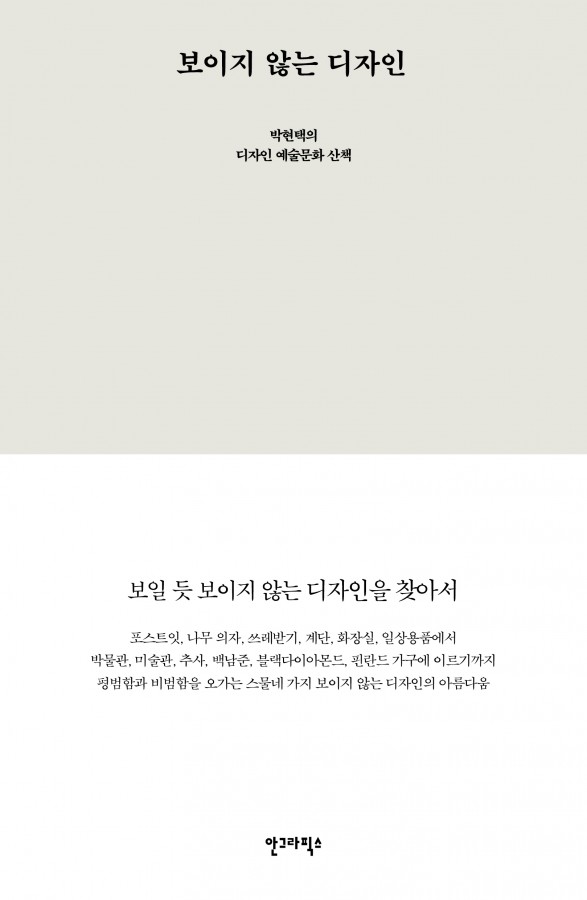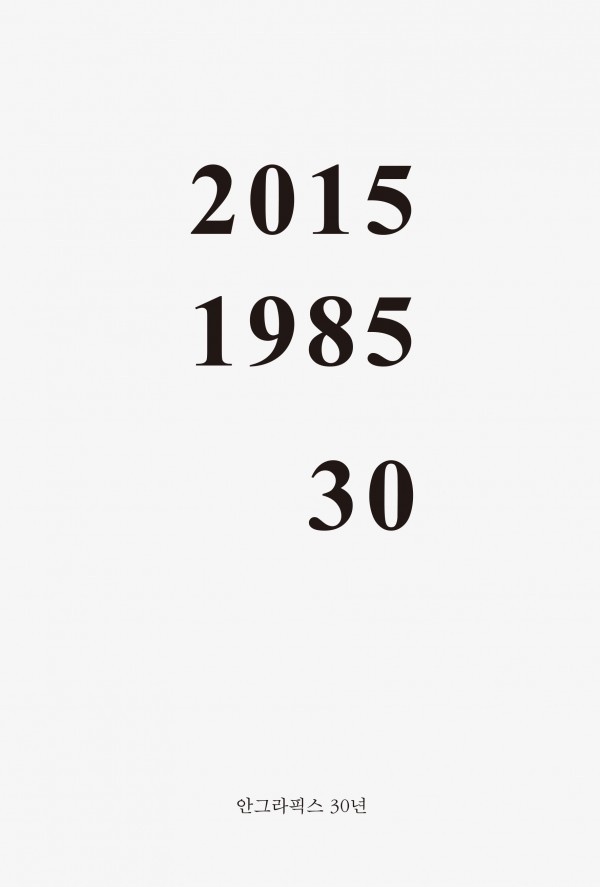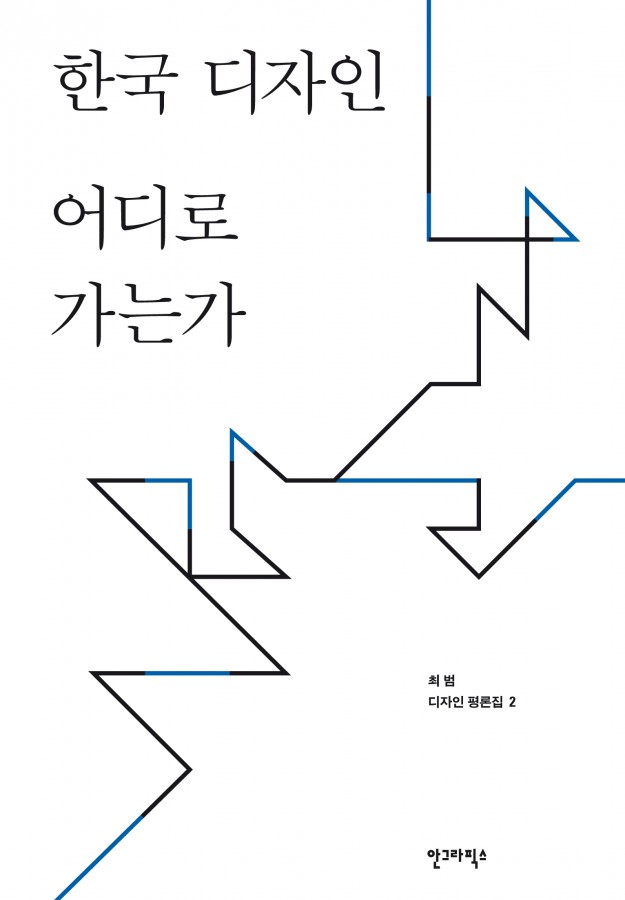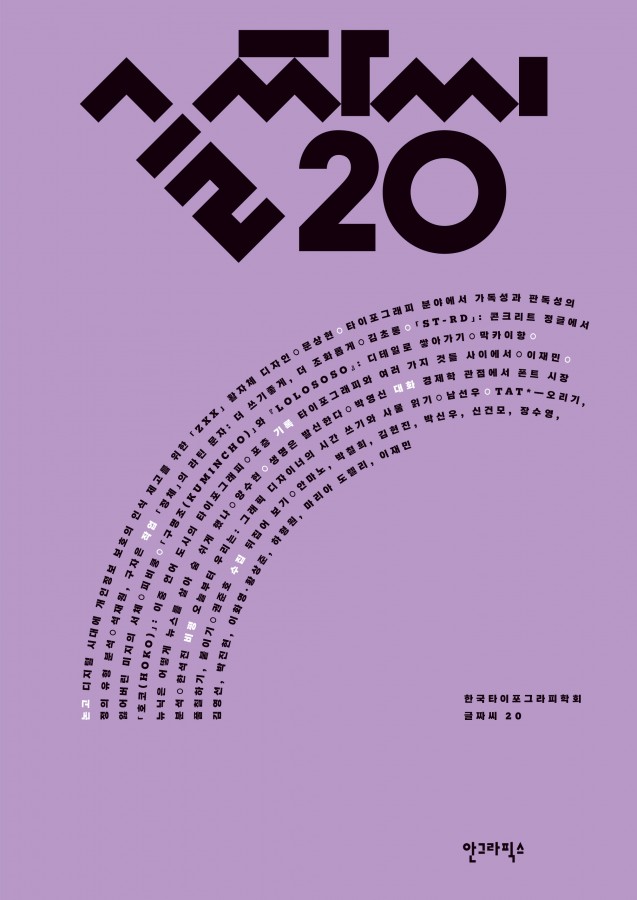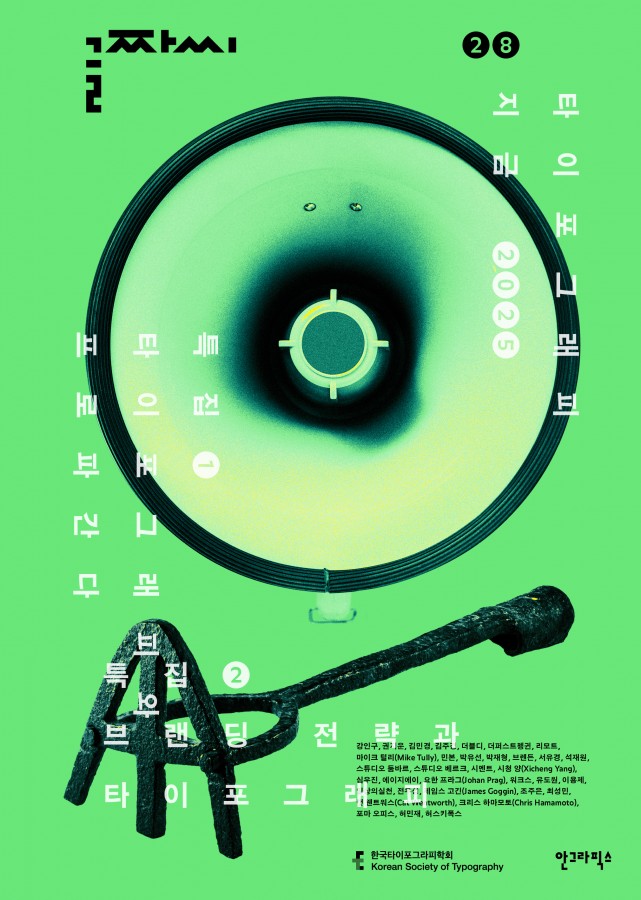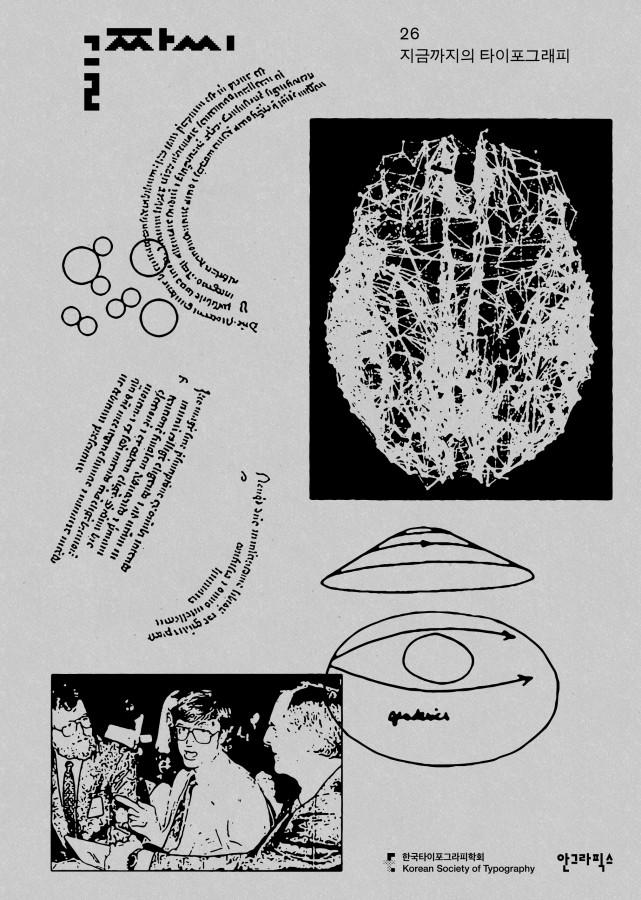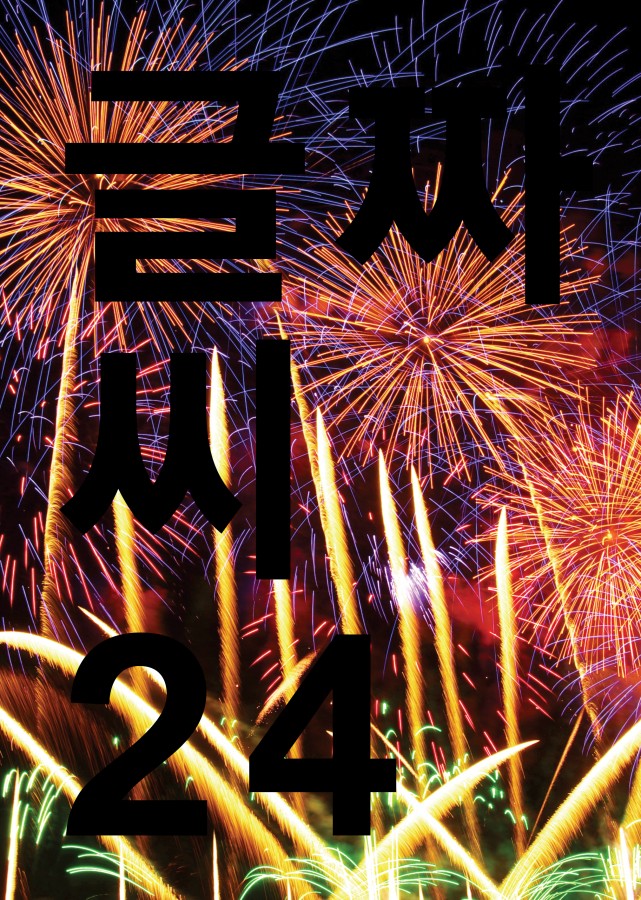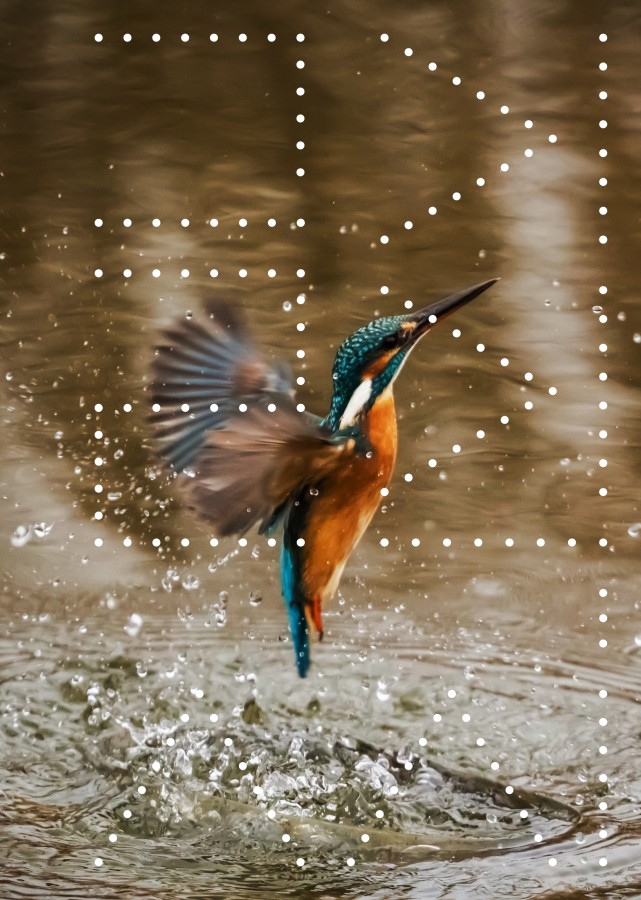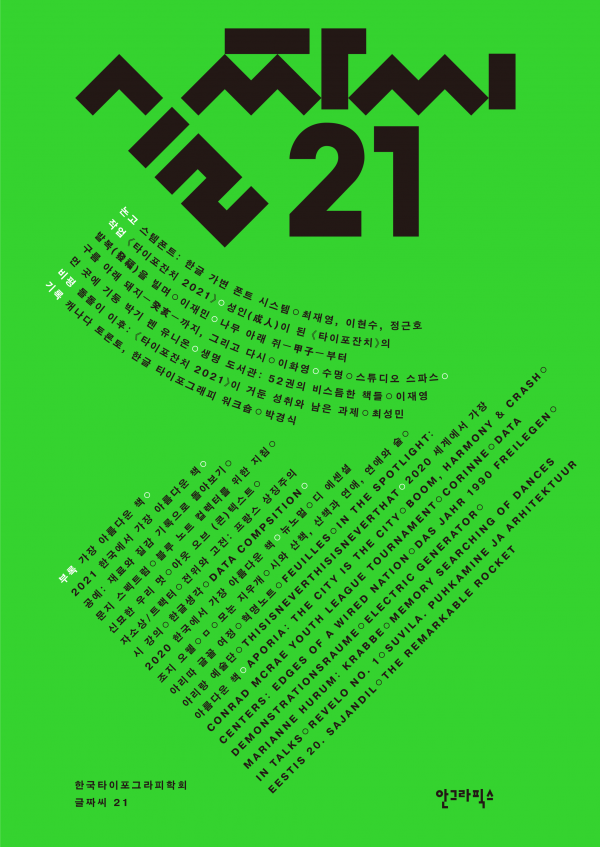Art for all, design that doesn’t exclude
Envisioning typography as more than a visual art
Typography is a visual art. The medium in which it is expressed, the impression of the letters and the spirit behind them, the legibility and readability, all of these are art that can be witnessed visually. So, can we say that people who are totally blind or visually impaired cannot enjoy typography? The Korean Typography Society firmly shakes its head at this question and actively explores the possibility of making typography and other (visual) arts more accessible through LetterSeed 25. Beginning with a chronology outlining the history of disability-related legislation in Korea, the book includes unvarnished stories of people with disabilities who have experienced discrimination and inequality, as well as those who are working to ensure that people with disabilities and other information disadvantaged groups are not excluded from the arts, and provides guidelines for designers to practice barrier-free design. We also include the 2022 and 2023 editions of “Best Book Design from Republic of Korea” with reviews, outlining the beauty pursued in Korea over the past two years.
In this issue, we have gathered more contributors than in previous issues to better capture the resonant voices around the theme of accessibility, including not only designers who work in accessibility, but also accessibility managers, voice-over artists, disabled artists, braille book designers, disability awareness trainers, easy-to-use information producers, mobility cooperative members, and museum curators. In their own ways, these individuals have liberated typography and graphic design from the category of visual art that has been too often taken for granted, and are working tirelessly toward design for all that excludes no one. While there may not be an immediate solution, they are chipping away at the base of the barriers that separate people with and without disabilities.
